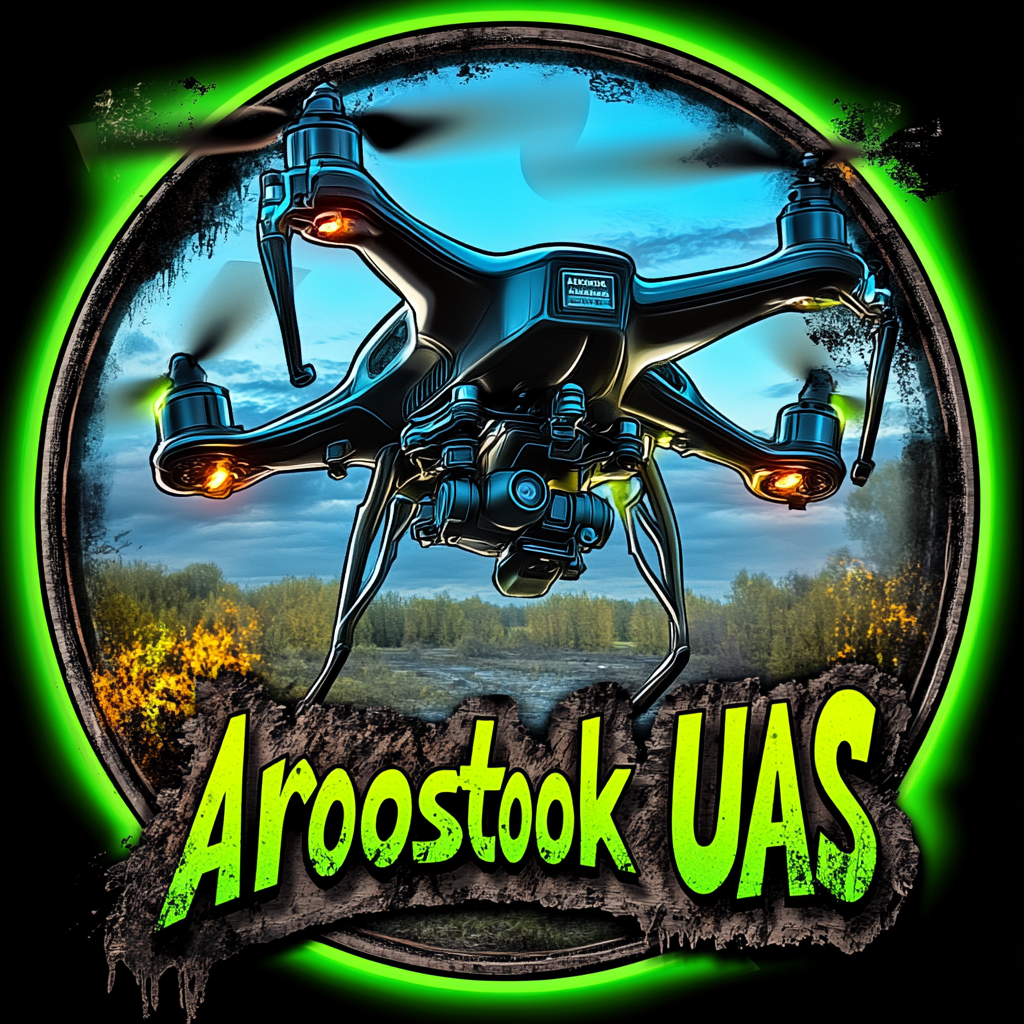Drones are becoming an essential tool in search and rescue (SAR) operations, revolutionizing the way first responders and emergency teams locate missing persons and assess disaster sites. Their ability to quickly survey vast areas, even in difficult or dangerous conditions, makes them invaluable in critical moments where time is of the essence.
🚁 Faster Response Times
One of the greatest advantages of using drones in SAR operations is their speed. Traditional search methods often involve ground teams or helicopters, which can take time to deploy and cover limited ground. Drones, however, can be launched immediately and cover large areas quickly. With thermal imaging sensors, drones can detect body heat, even in dense forests or at night, significantly improving the chances of locating survivors in time.
🌍 Access to Hard-to-Reach Areas
Disasters like earthquakes, floods, and landslides often render certain areas inaccessible to rescue teams. Drones can navigate through these dangerous environments without risking human lives. Equipped with high-resolution cameras and real-time video streaming, drones allow emergency responders to assess situations from above and decide on the best course of action.
I🎥 Live Data and Situation Awareness
Drones provide real-time data, giving search and rescue teams up-to-date information on the evolving conditions of a disaster zone. With drones, emergency responders can make quicker and more informed decisions based on accurate aerial assessments, enabling them to allocate resources more efficiently.
🚨 Collaborating with Emergency Responders
While drones offer incredible capabilities, it is important for drone pilots not to operate independently at a disaster site. SAR operations are complex, requiring coordination among different agencies and professionals. Pilots must work closely with emergency responders to ensure their efforts contribute effectively to the mission. Unauthorized or uncoordinated drone flights can disrupt airspace, interfere with helicopter rescue efforts, and even pose safety risks.
Drone pilots interested in assisting with SAR operations should register with local authorities or volunteer organizations that can direct their skills in a structured and safe manner.
🔍 The Future of Search and Rescue
As drone technology continues to evolve, the role of drones in search and rescue will only expand. Artificial intelligence and machine learning may soon enable drones to autonomously identify survivors, analyze terrain for hazards, and communicate with first responders in real time. The potential is enormous, and drones are poised to become even more integral in saving lives.
🚁 Conclusion
Drones are transforming search and rescue operations by providing fast, accurate, and real-time support to emergency responders. However, drone pilots must remember the importance of collaboration and coordination with official SAR teams to ensure safety and effectiveness. Working together, drones and human responders can save more lives than ever before.


